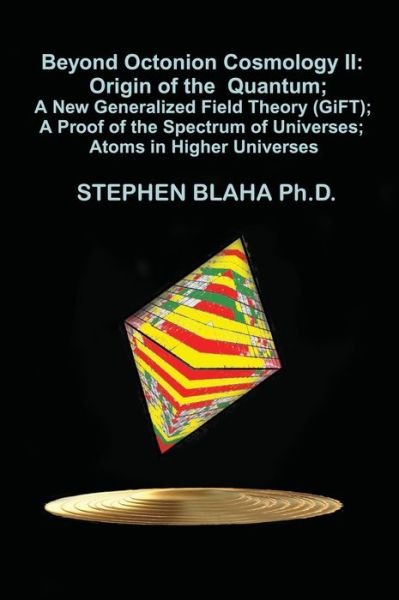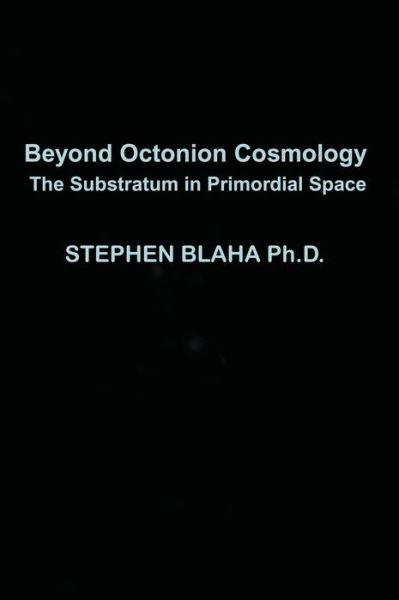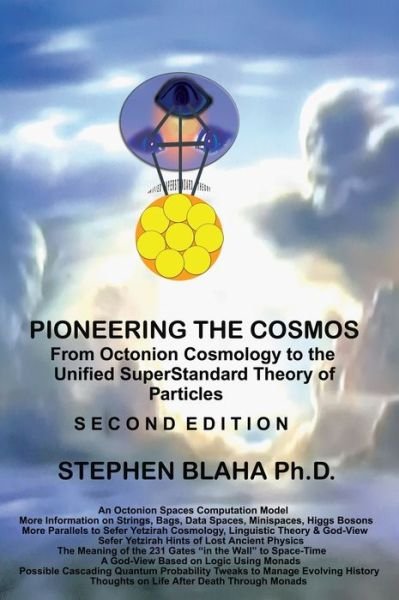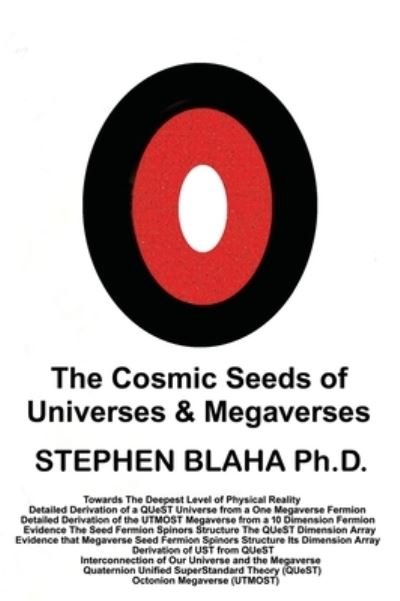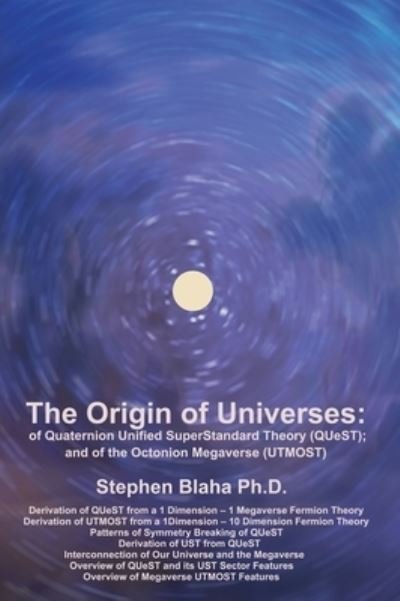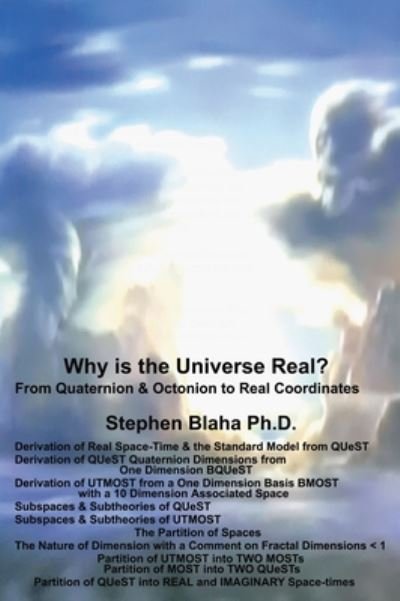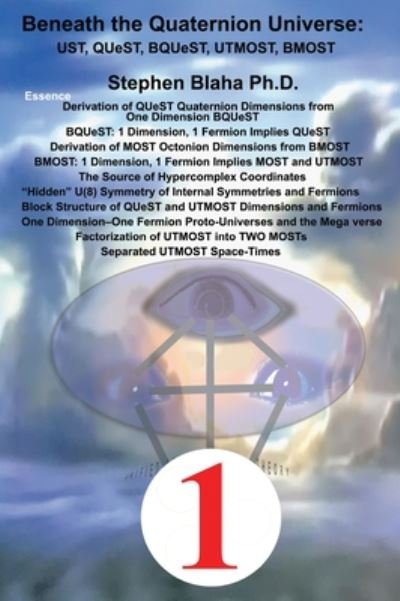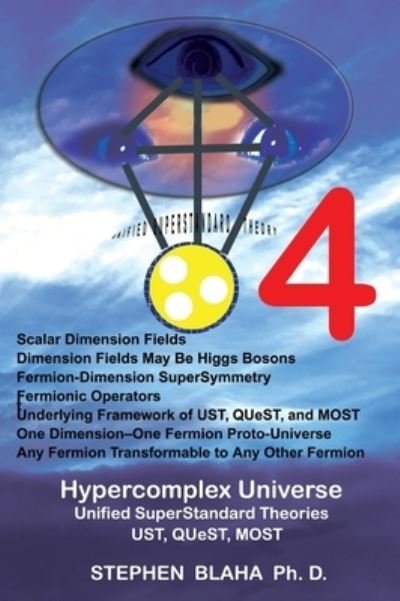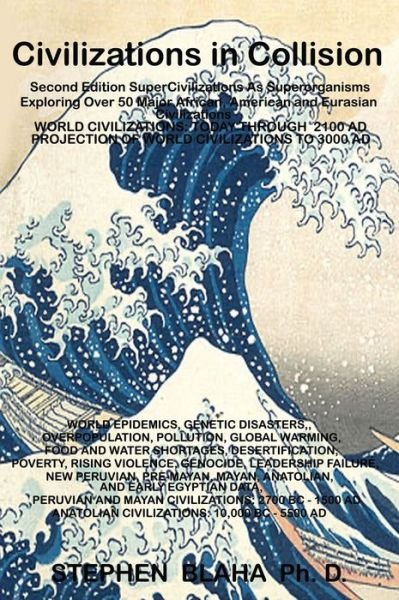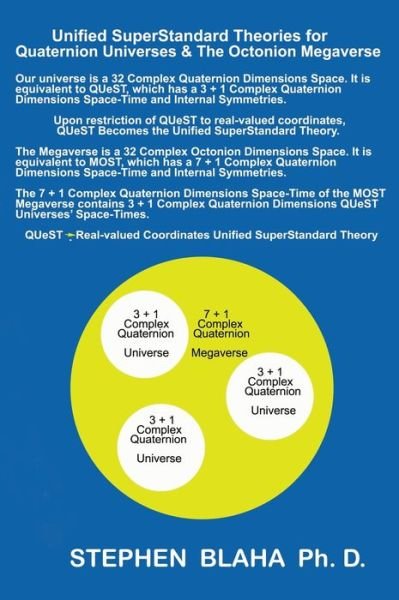
Tell your friends about this item:
Supercivilizations: Civilizations As Superorganisms
Stephen Blaha
Supercivilizations: Civilizations As Superorganisms
Stephen Blaha
This book develops a new energetic/thermodynamic basis for the cyclic nature of civilizations. The growth of a civilization is due to the ability of the civilization to acquire and utilize resources for growth. The theory developed turns out to be identical to Blaha's previously developed theory, which successfully matches the history of 50+ civilizations. The energetic/thermodynamic theory appears in studies of superorganisms such as ant and bee colonies as well as other organisms including colonies of microbes. It also appears in theories of predator-prey populations such as wolves and rabbits. The consideration of superorganisms, predator-prey population cyclicity, and human civilization cyclicity suggests that there is an underlying unity in Nature in the growth of large groups of organisms and leads to the conclusion that civilizations are superorganisms. Thus this new model of civilizations is called SuperCivilizations. The book begins by overviewing superorganisms including some exciting new evidence for microbial superorganisms on land and in the deep sea. Subsequently we discuss almost all of the known human civilizations within the framework of this theory. We also consider the Richardson theory of arms races and show that Richardson's equations are identical to those of our energetic/thermodynamic model of civilization dynamics. With a suitable choice of parameters the arms race theory has cyclic solutions (as well as the exponential solutions studied by Richardson) that describe the dynamics of armaments growth in the United States - Russia confrontations from 1981 - 2010. The book also describes a program for the exploration and the colonization of the Solar System and a new means of travel to the stars and galaxies with a view towards the development of a space civilization. The probable effects on contemporary human civilizations of meeting an alien civilization are also described in detail. Because of a close analogy with Newtonian dynamics, and realizing that chance plays a major role in human history, the book also develops a probabilistic theory of civilization dynamics. The cyclic theory of civilizations is also generalized to a civilization theory for populations with three interconnected population segments: a dominant minority/leadership, followers, and external immigrants. This generalized theory leads to the cyclic theory of civilizations under reasonable conditions.
| Media | Books Hardcover Book (Book with hard spine and cover) |
| Released | July 24, 2010 |
| ISBN13 | 9780981904986 |
| Publishers | McMann-Fisher Publishers |
| Pages | 294 |
| Dimensions | 180 × 250 × 20 mm · 725 g |
| Language | English |
More by Stephen Blaha
See all of Stephen Blaha ( e.g. Hardcover Book , Paperback Book and Book )







